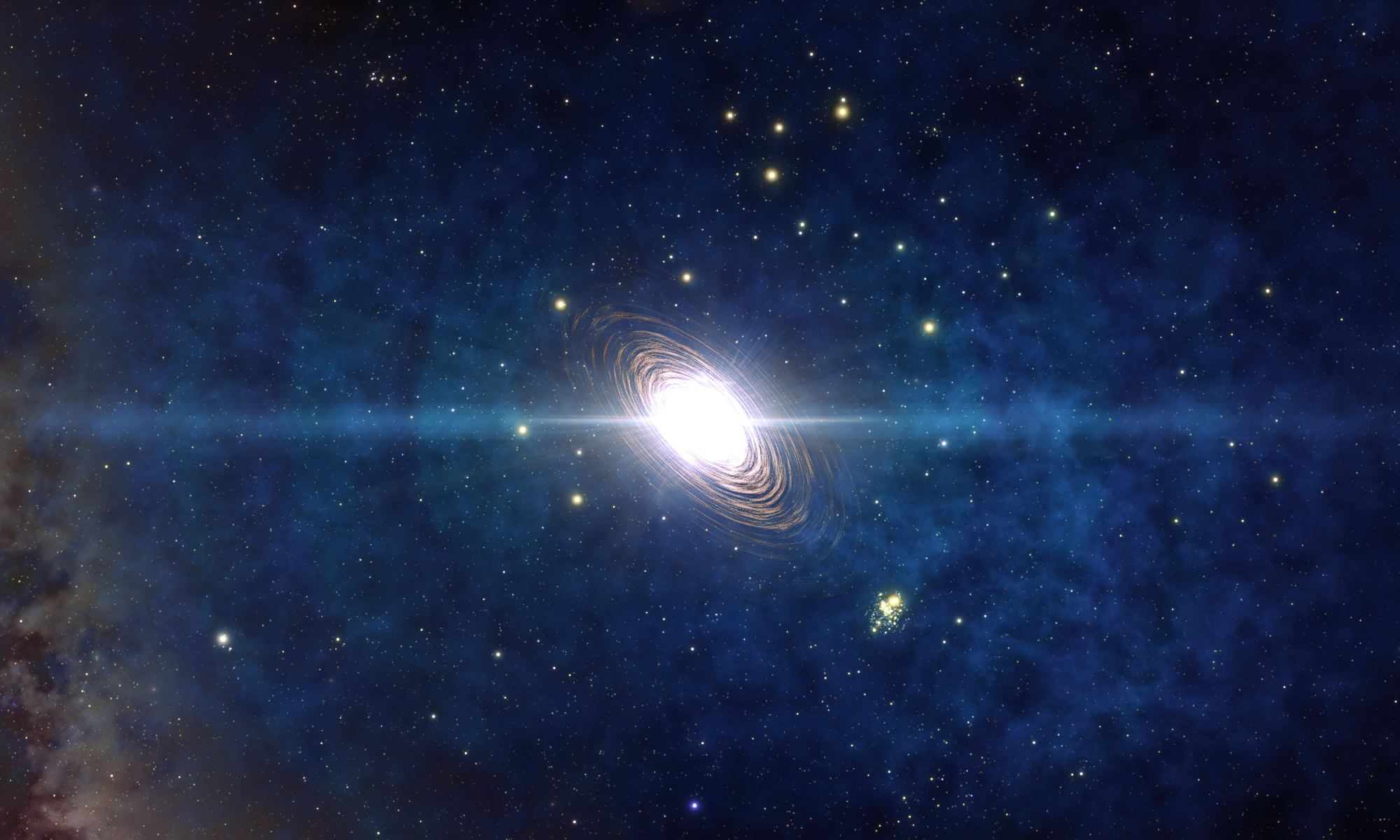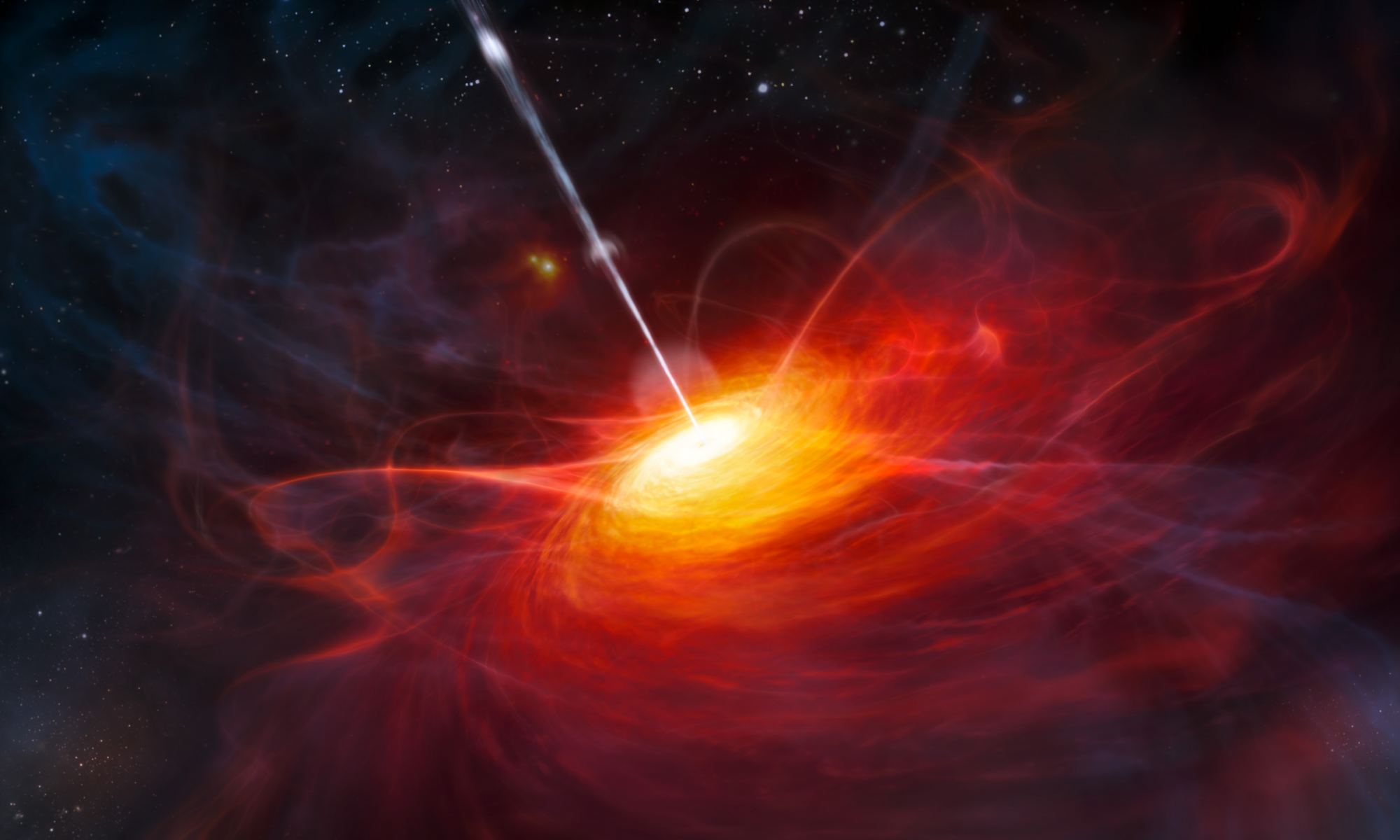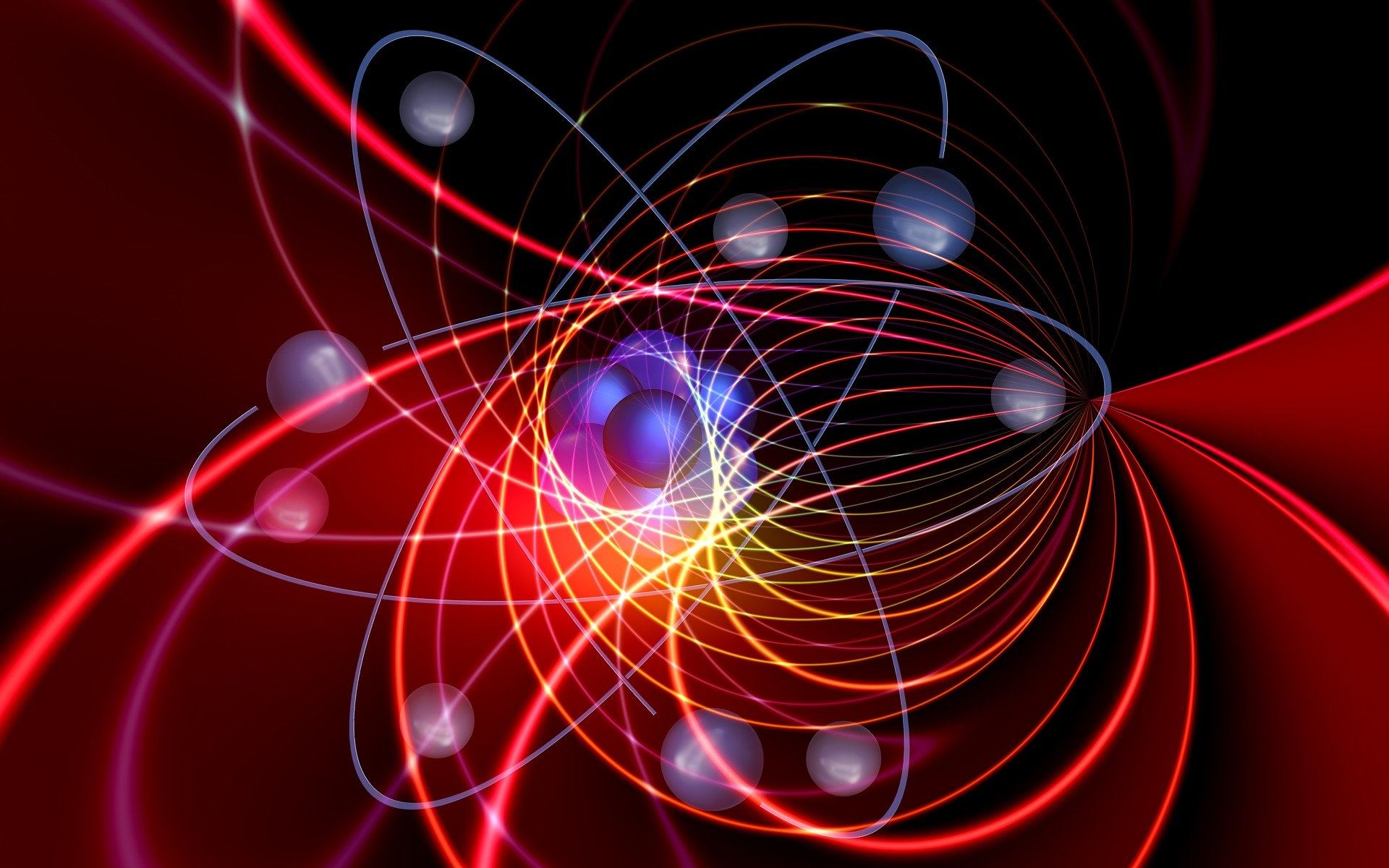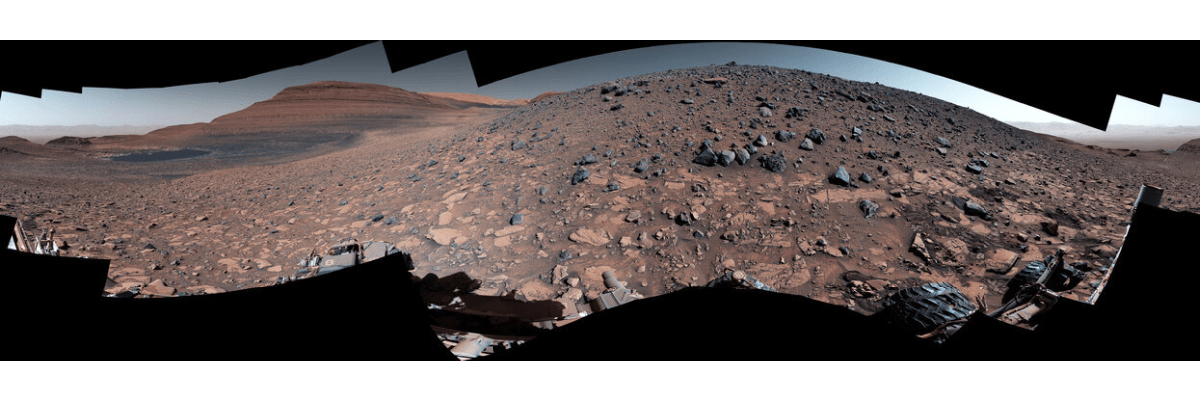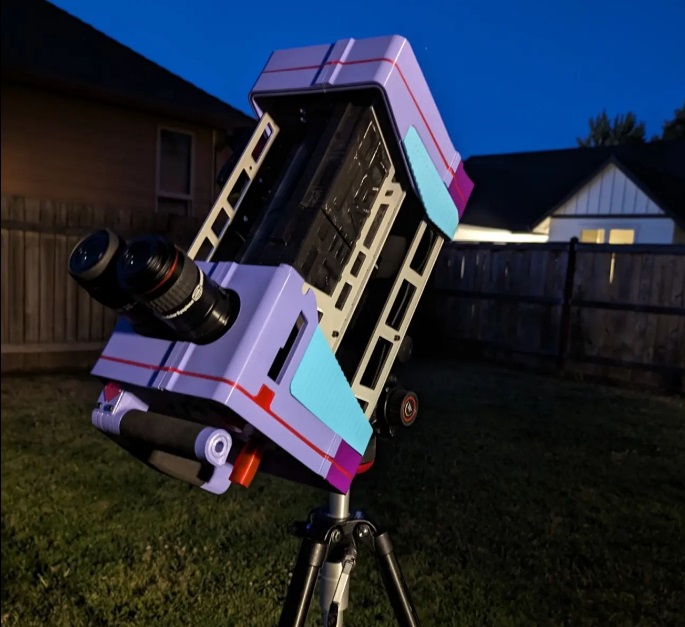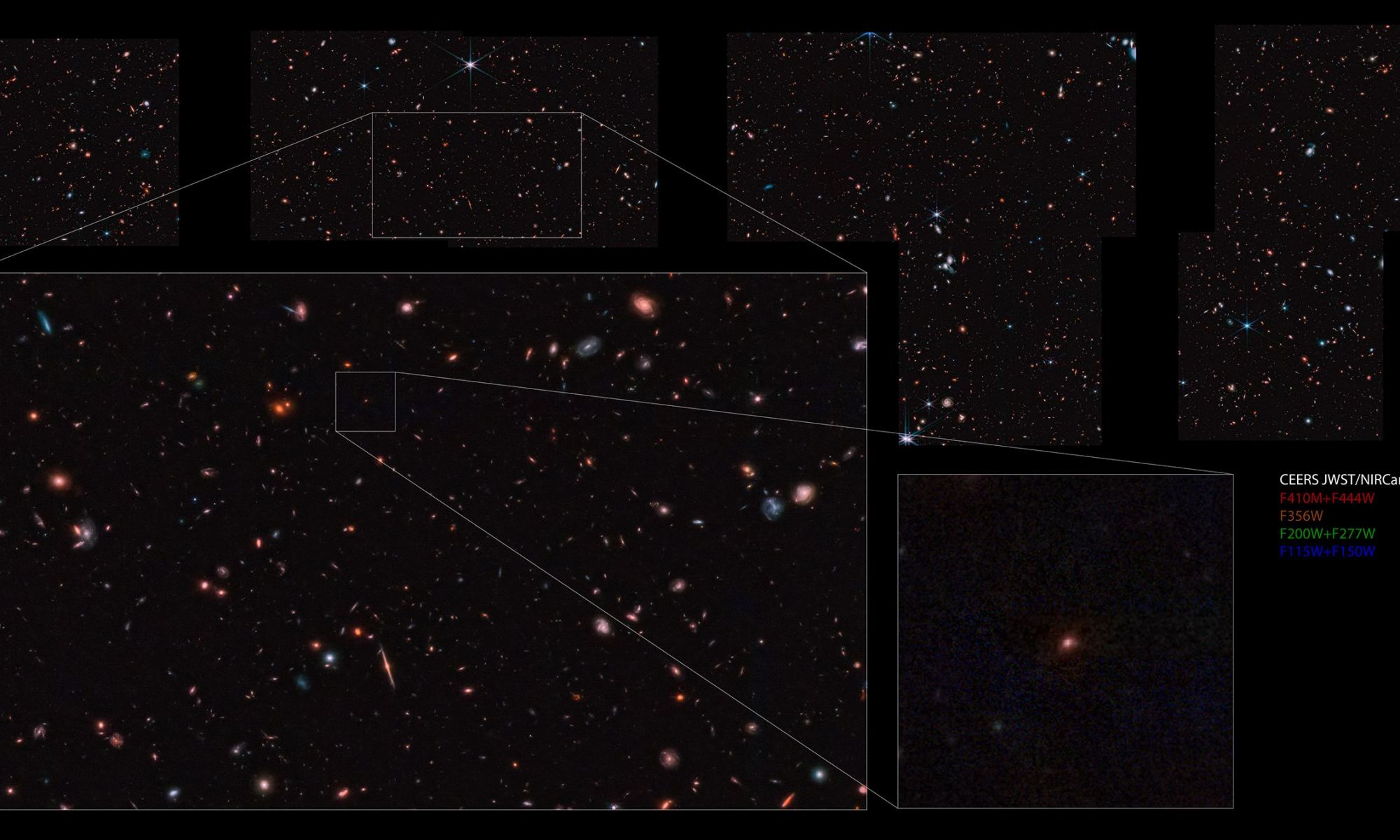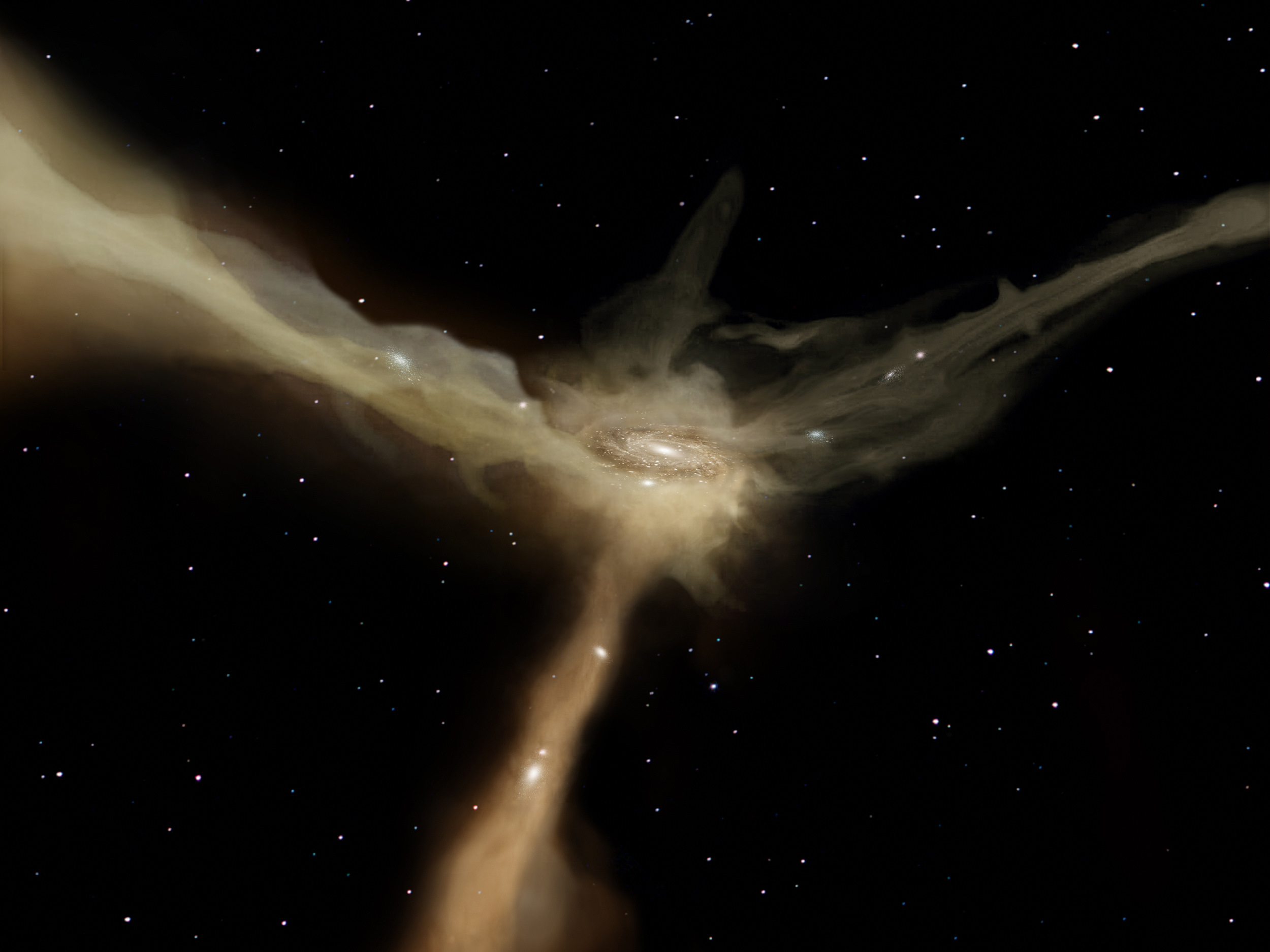If you take a Universe worth of hydrogen and helium, and let it stew for about 13 billion years, you get us. We are the descendants of the primeval elements. We are the cast-off dust of the first stars, and many generations of stars after that. So our search for the first stars of the cosmos is a search for our own history. While we haven’t captured the light of those first stars, some of their direct children may be in our own galaxy.
Continue reading “We Can't See the First Stars Yet, but We Can See Their Direct Descendants”We Can't See the First Stars Yet, but We Can See Their Direct Descendants
